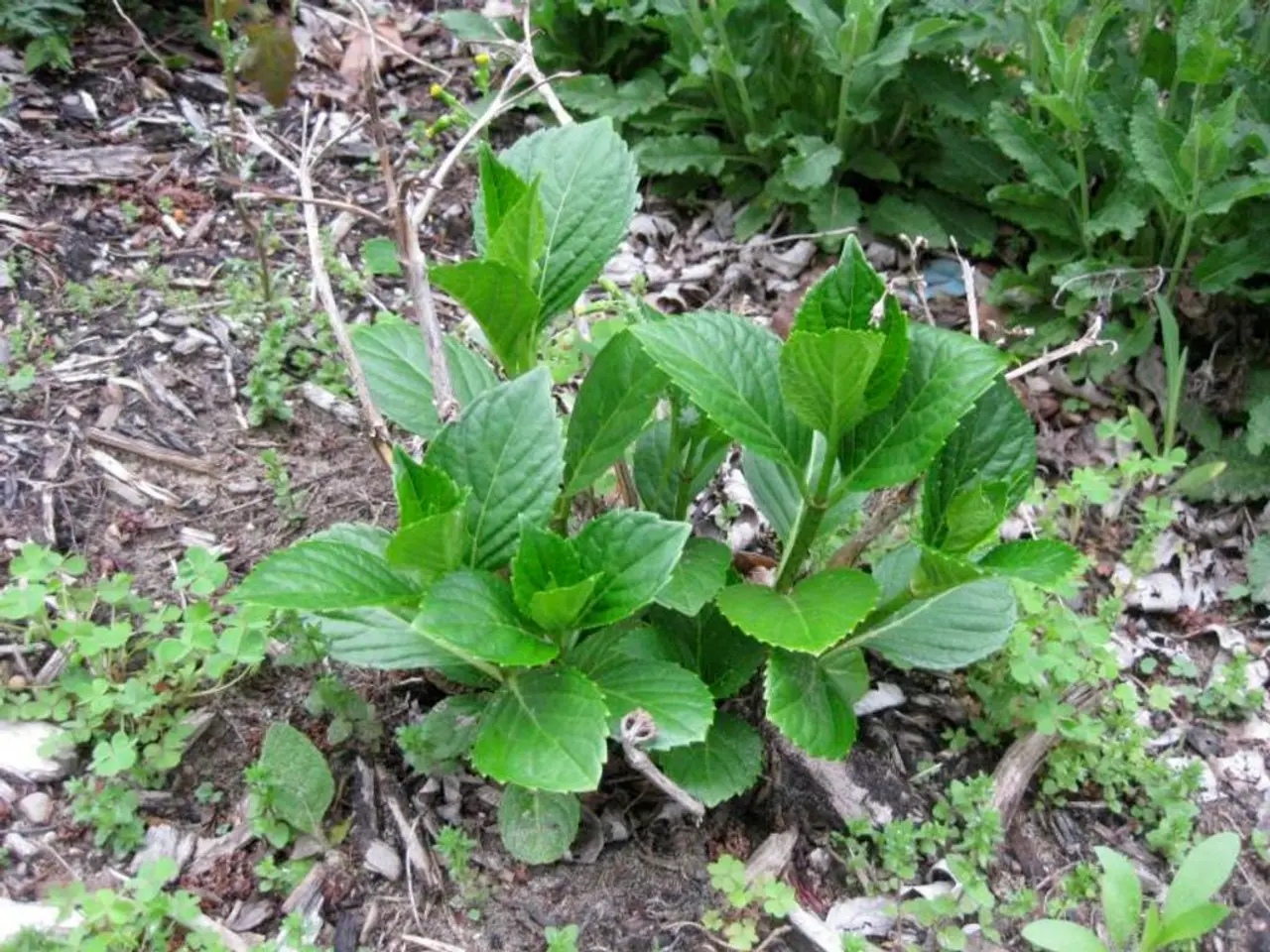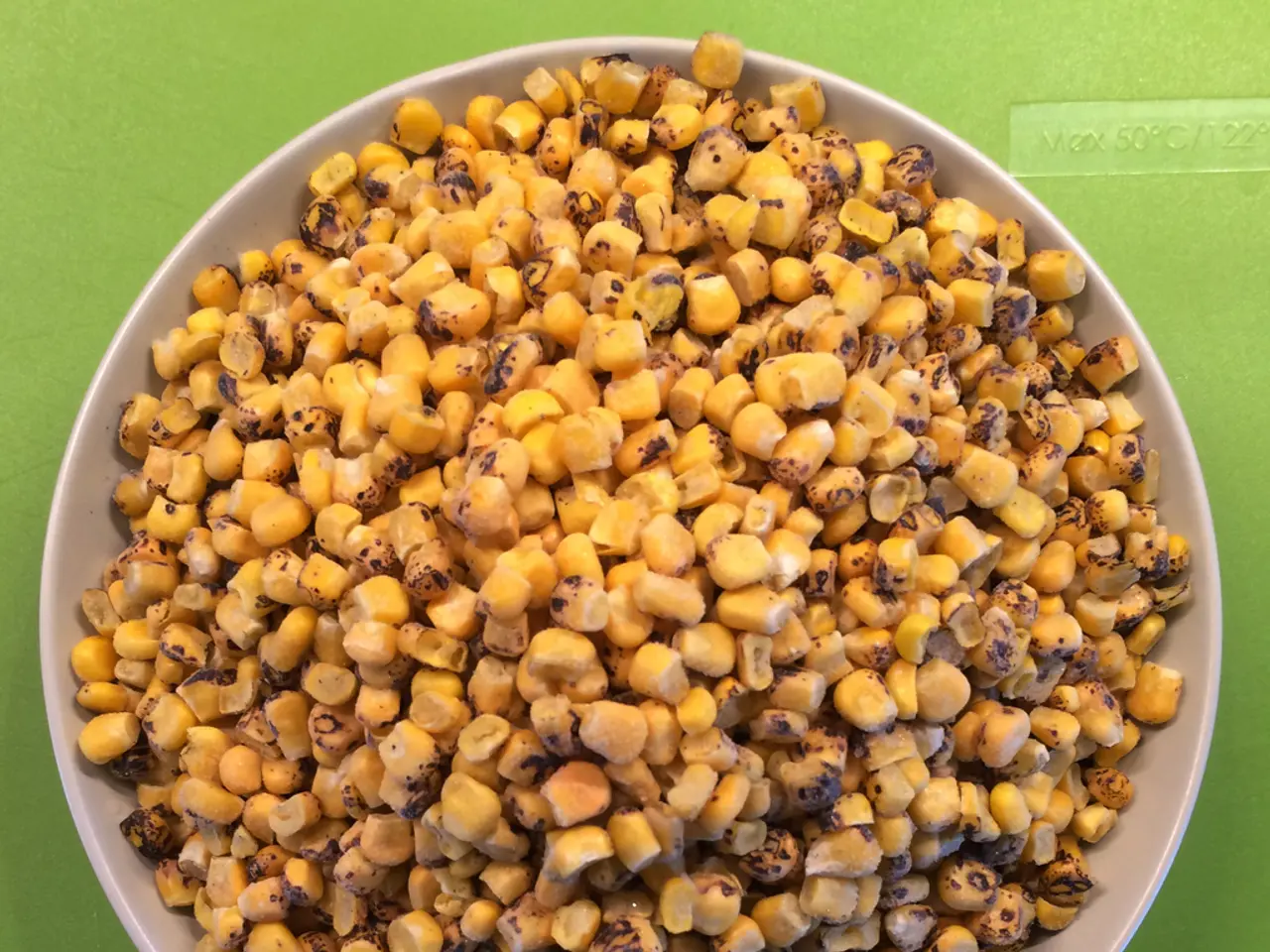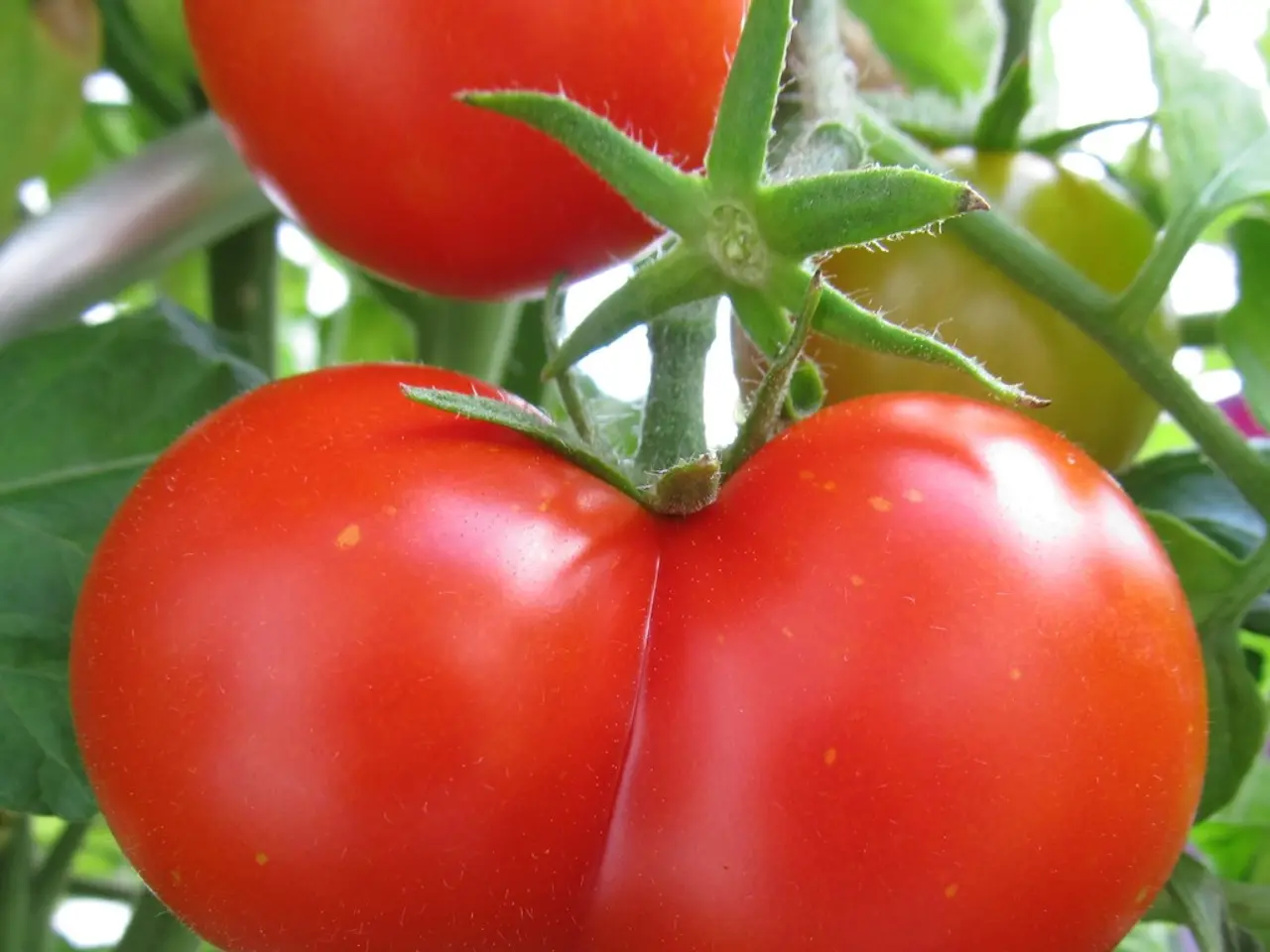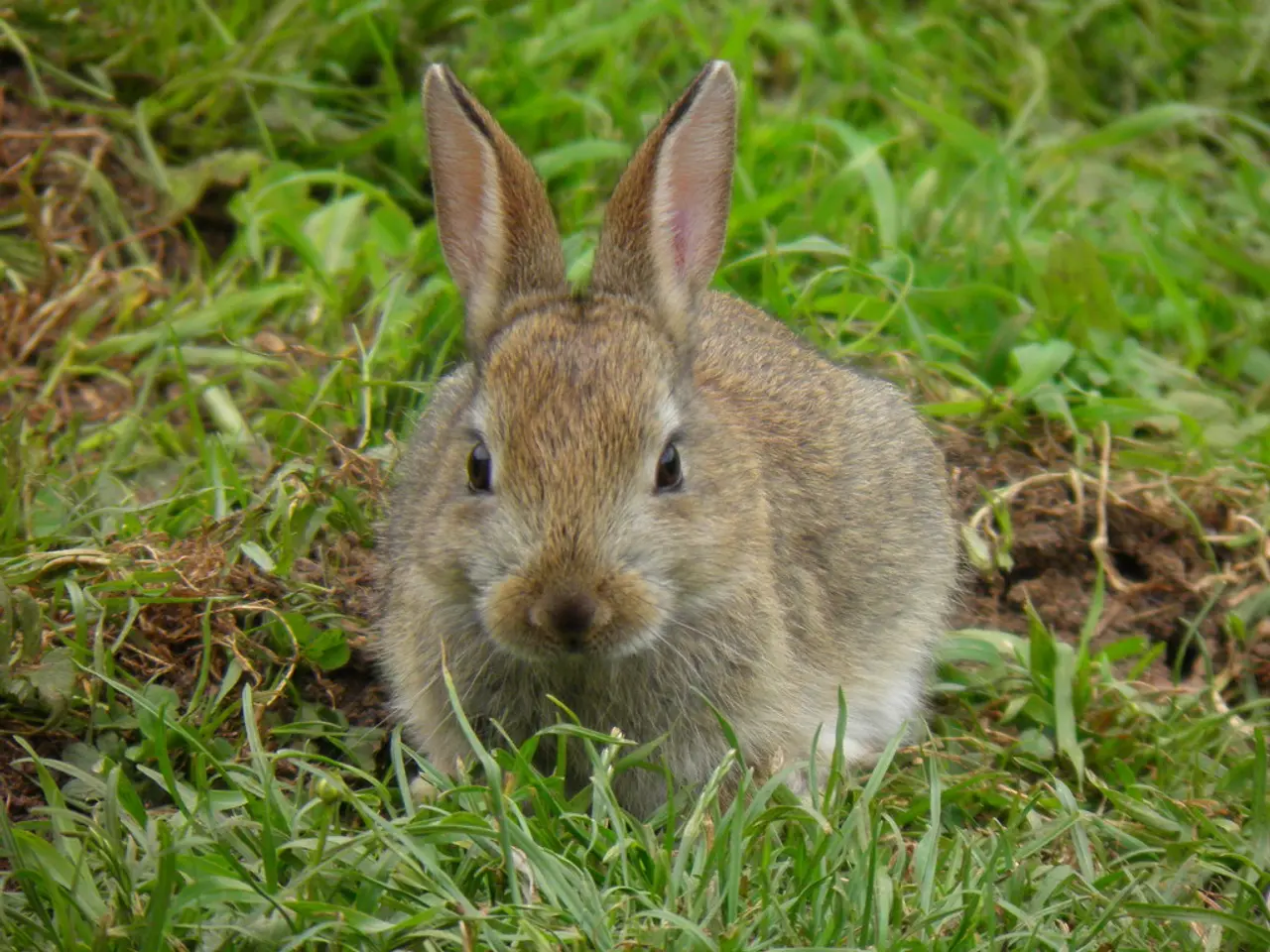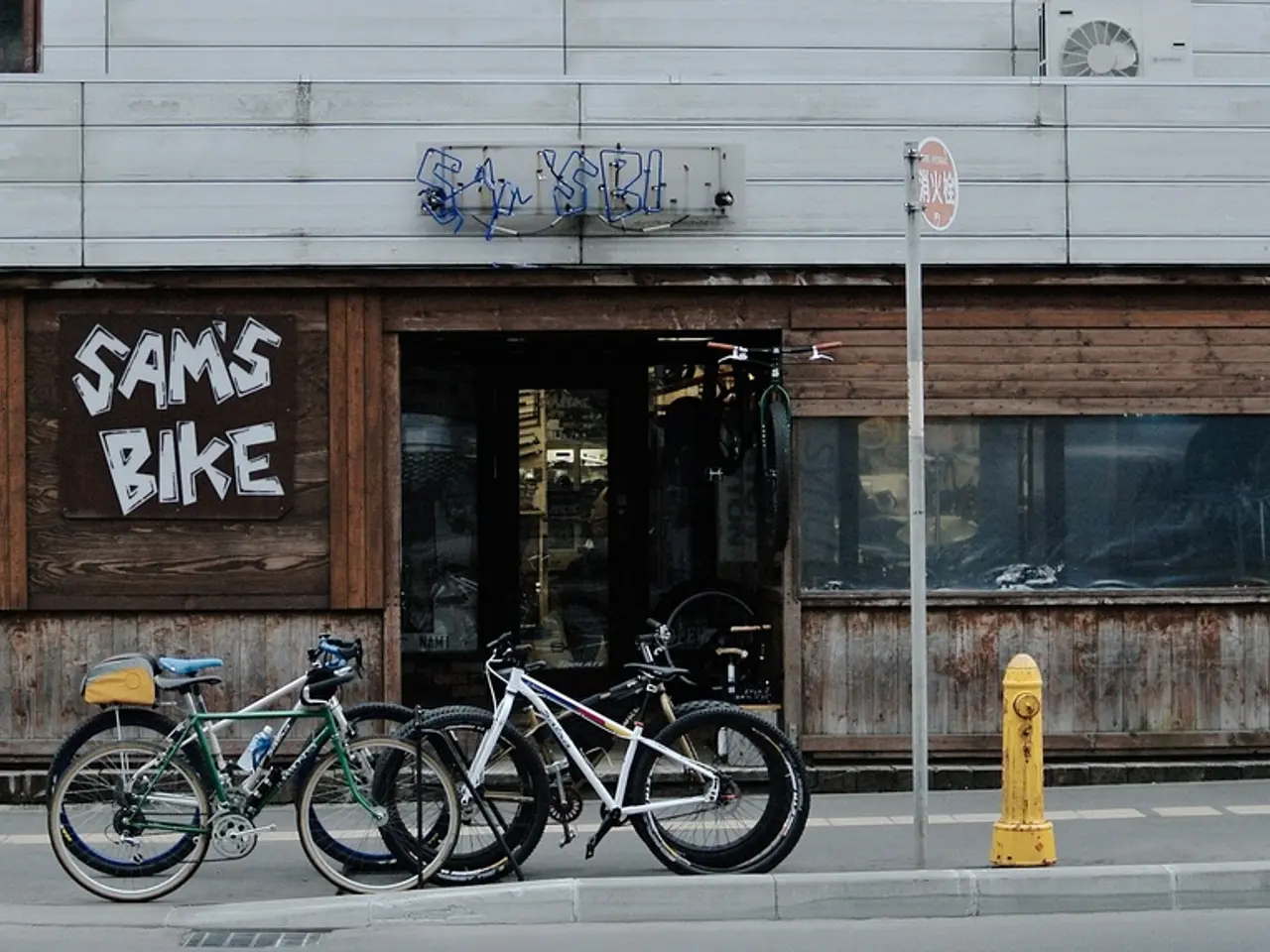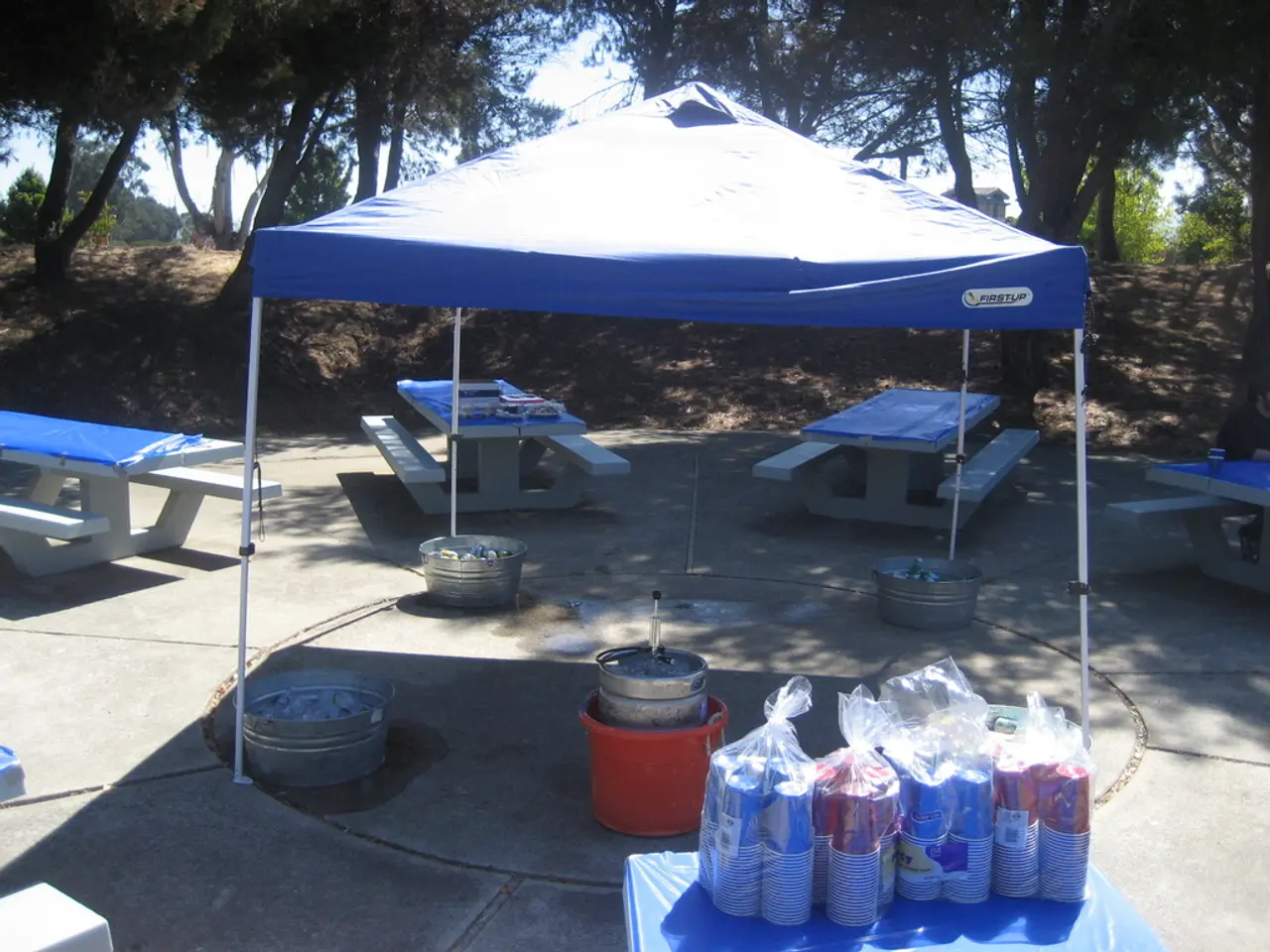Growing Your Own Veggies on a Tight Budget and Space
Strategies to Maximize Small Gardens' Potential: Utilizing Space Efficiently for Abundant Growth
Want to save a few bucks on groceries and enjoy some homegrown goodness? Consider planting a vegetable garden, whether you've got a big yard or just a small patch of land. It's not just about saving money on groceries, but also the joy of watching your own food grow and the empowerment of self-reliance.

To make the most of your space, it's essential to maximize it. Gardening is all about vertical space – think beneath tomatoes for radishes, turnips, and carrots, or trellises for peas, beans, and cucumbers. For tomatoes and squash, prune and trellis them to save space and get them growing upwards.

Focus on crops like lettuce, celery, chard, and kale, especially those that allow you to take leaves or stalks without killing the plant, such as "cut and come again" crops. These crops will continuously regrow and are a great way to get the most out of your space. On the other hand, avoid crops that take up a lot of space for little return, such as cabbage, broccoli, cauliflower, and zucchini. Instead, opt for miniature versions like mini bell peppers for more production in a smaller space.

Choose crops that are easy to grow, such as lettuce, radishes, or peas, as they are more forgiving for beginner gardeners. Quick-growing vegetables like radishes, arugula, and baby greens are also great choices, as they mature in just a few weeks. Lettuce, scallions, radishes, beets, turnips, and peas are all examples of short crops, which provide multiple harvests throughout the season. Remember to stagger your planting by sowing seeds every two weeks for a constant supply of fresh produce.

To optimize space, use trellises, wall-mounted planters, or hanging baskets for climbing crops. Square foot gardening, raised beds, and companion planting are also excellent space-saving techniques. Select pots that are at least 14 inches in diameter with drainage and filled with quality potting soil. Choose dwarf or bush varieties bred for small spaces.

Finally, rotate crops by season, planting cool-season crops like lettuce in early spring and fall, then heat-tolerant varieties like cherry tomatoes and peppers in summer. Always fertilize regularly to replenish the nutrients in container soil. With some smart planning and these tips, you'll have a productive vegetable garden even in a compact space.

1) In a small space, prioritize 'bang for your buck crops' such as lettuce, celery, chard, kale, and kohlrabi that continuously regrow, providing the most out of your garden space.
2) Mounted wall planters or hanging baskets can be used to grow climbing crops like peas, beans, and cucumbers, saving valuable ground space in your home garden.
3) If you're new to gardening, opt for easy-to-grow starter crops like lettuce, radishes, or peas, and consider quick-growing vegetables like radishes, arugula, and baby greens for quick results.
4) For a productive and compact vegetable garden, implement strategies like square foot gardening, raised beds, and companion planting to maximize your yard or patch.
5) To ensure a constant supply of fresh produce throughout the season, stagger your planting by sowing seeds every two weeks and always fertilize regularly to maintain nutrient levels in your containers.




